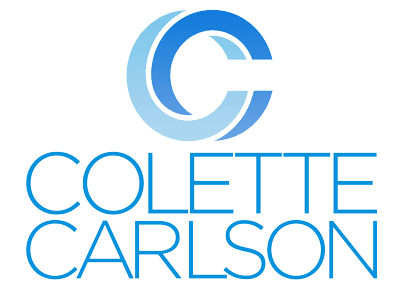“Hope is not a strategy.”
You’ve heard it, I’ve heard it, and let’s be real, it’s not wrong. If you’re leading a team, trying to close a sale, or just getting through a challenging season, blind optimism alone won’t cut it. Hope won’t write the proposal, hit the quota, or resolve the conflict. But here’s where we’ve thrown the baby out with the bathwater: just because hope isn’t a strategy doesn’t mean it isn’t essential. In fact, according to Gallup’s Global Leadership Report, across 52 countries and 76% of the world’s adult population, hope was the #1 word used to describe leaders who positively impact lives. Not trust. Not compassion. Hope. So, while hope alone isn’t the plan, without it, your people may never believe in the plan to begin with.
Why Hope Matters (More Than You Think)
Hope isn’t just “feeling good” about what’s ahead, it’s about believing there is something ahead worth striving toward. Gallup found that when people felt hope from a leader, their likelihood of “thriving” (rating their current and future life highly) jumped from 33% to 38%. That might sound like a small bump until you remember we’re talking about human lives, not click-through rates. And when hope is combined with trust and either compassion or stability? Thriving shoots up to 43%. That’s not just statistical noise. That’s a wake-up call.
Hope in the Workplace: Not Just for Leaders
Let’s get something straight: you don’t need a title to lead with hope. Whether you’re a frontline supervisor, a sales pro trying to hit your number, or an individual contributor tired of being stuck in meetings that could’ve been emails, you can influence others through your words, your tone, and your presence.
And now, the part most people skip: how to actually do it.
- Paint the Picture
Hope thrives on vision. People don’t need you to have all the answers, but they do need to see where you’re heading and believe they have a role in getting there.
- Leaders: Instead of vague motivational posters or “we’ll get through this,” try: “Here’s what success could look like six months from now, and here’s how your efforts help us get there.”
- Salespeople: When a buyer is uncertain, instill hope by reframing the future: “Let’s walk through what this could look like on your end if we implement by Q3. Imagine your team not having to wrestle with that bottleneck every week.”
- Peers: Offer hope to colleagues by naming potential: “I know this project has been messy, but your ability to bring clarity is exactly what’s keeping it moving.”
- Borrow Their Lens
Hope can’t exist in a vacuum. You have to understand what someone else hopes for before you can help fuel it. That requires listening, really listening.
- Try this question in your next 1:1 or ride-along: “What would make work feel more meaningful for you right now?”
- For customers: “What would success look like for you a year from now, and what’s standing in the way?”
Language like this does two things: it signals empathy and shows that you’re not pushing your vision—you’re co-creating theirs.
- Acknowledge & Move the Mess Forward
Hope doesn’t ignore reality; it confronts it and still chooses forward motion. Don’t sugarcoat. Don’t spin. Name the challenge, and then name the next best step.
- Instead of, “We’re all in this together!” try: “This has been hard, and honestly, it’s not over yet. But here’s what we can control, and here’s how we’ll take the next step together.”
This is especially powerful in sales. When a deal hits a snag:
- Try: “It makes sense that this timing is tough. Let’s find a way to align this with your priorities, even if that means adjusting scope or pacing.”
It’s not about pretending. It’s about providing a path that feels doable.
- Make Progress Visible
People lose hope when they feel like their efforts vanish into a void. One of the fastest ways to build hope is to show that what they’re doing matters.
- Leaders, use phrases like: “Here’s the impact of your work this week. Because you stepped up, we hit a milestone we hadn’t reached in months.”
- Sales managers, don’t wait until the end of the quarter: “I noticed how you adjusted your pitch to that client’s pain point. That’s the kind of nuance that moves deals forward, well done.”
- Individual contributors, yes, you too. Send that appreciation email. Brag on a colleague in a meeting. Shine a light. Hope catches fire through recognition.
- Be the First Domino
In moments of uncertainty, people look around to see who moves first. That first person? That’s you. When you bring grounded energy, calm clarity, or just a little humor into the room, you start a chain reaction.
Hope spreads through action, not reaction.
- Before a tense meeting or challenging conversation, ask yourself: “What do I want to set in motion today?”
Whether it’s reassurance, possibility, or simply forward momentum, your tone sets the sequence. You don’t need to push all the pieces, just be the first one to tip.
You Can’t Give What You Don’t Cultivate
Hope isn’t something you slap on like a name badge. It has to be real in you first. That doesn’t mean you’re relentlessly cheerful, it means you actively reconnect to purpose, to progress, and to possibility. Your voice becomes someone’s inner dialogue. Make sure what you’re saying is worth repeating.







